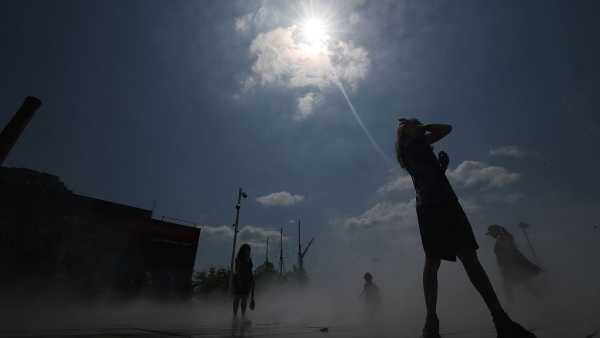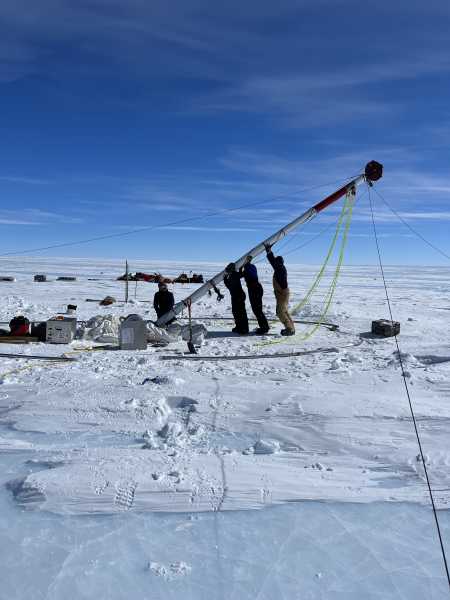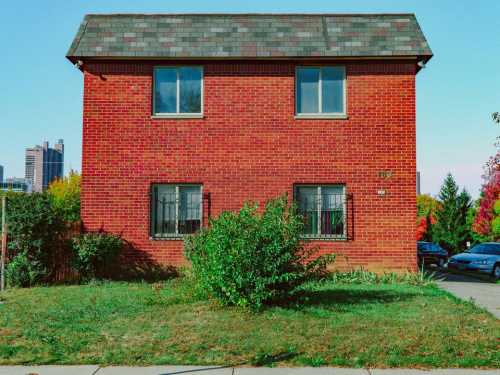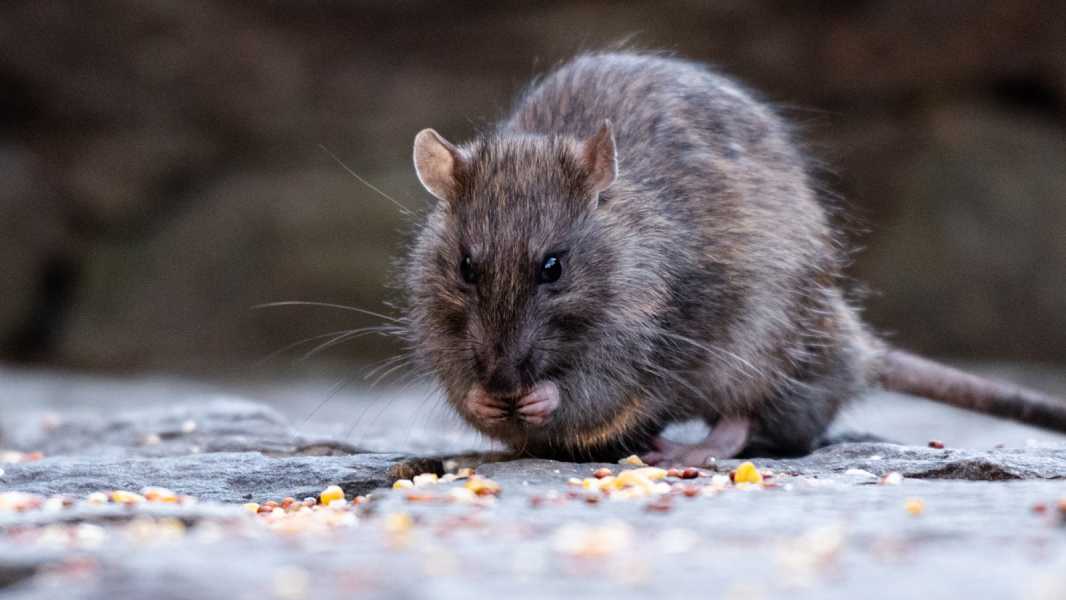
A study has found that cities around the world are seeing an increase in rat populations due to climate change, which is creating more favourable conditions for them to breed and feed. (Photo: Cavan Images/Getty Images)
As climate change makes the planet less habitable for many species and communities around the world, one population appears to be thriving: urban rats.
Cities around the world are seeing an increase in rat populations, and a group of urban ecologists set out to find out why. Their study, published in the journal Science on January 31, shows that climate change, urbanization, and population growth are all contributing to the increase in rat populations in cities.
“These are amazing creatures because they are so well adapted to coexisting with humans,” lead study author Jonathan Richardson, an associate professor of biology at the University of Richmond, told Live Science.
The study analyzed rat population data from 16 cities around the world. The data used in the study was collected by local governments over an average of 12 years. Most of the cities studied were in the United States, including Washington, D.C.; San Francisco; and New York City.
In nearly 70 percent of these cities, rat numbers increased significantly over the study period. That's concerning because wild rats can carry pathogens and parasites that are dangerous to people and pets. They can also cause damage to city infrastructure by digging under sidewalks and chewing through walls, Richardson said.
In a new study, scientists compared the growth of rat populations in cities with rising temperatures, urbanization, and population density. This allowed them to identify correlations between the increase in rat numbers and these human-caused factors.
The most significant association was found between temperature and rat population growth.
Climate change is changing the length of the seasons, with summers getting longer and winters getting shorter. Even a few extra days or weeks of warm weather gives rats more time to forage, build nests, and reproduce, Richardson said.
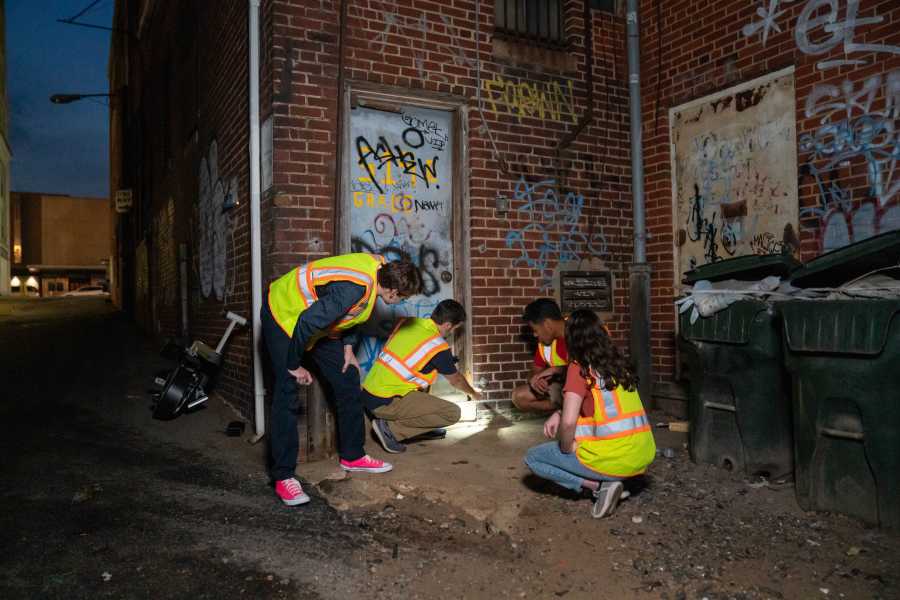
Lead study author Jonathan Richardson and his students are preparing to explore a rat-infested area in hopes of understanding why urban rat populations are on the rise.
According to Open Data DC, Washington, D.C., saw the largest increase in rat complaints over the study period, from 1,448 complaints in 2010 to 12,209 in 2021.
Gerard Brown, program manager for the city's rodent and vector control department, said he has noticed a correlation between warmer weather and increased rat populations over his 35-year career.
Sourse: www.livescience.com


